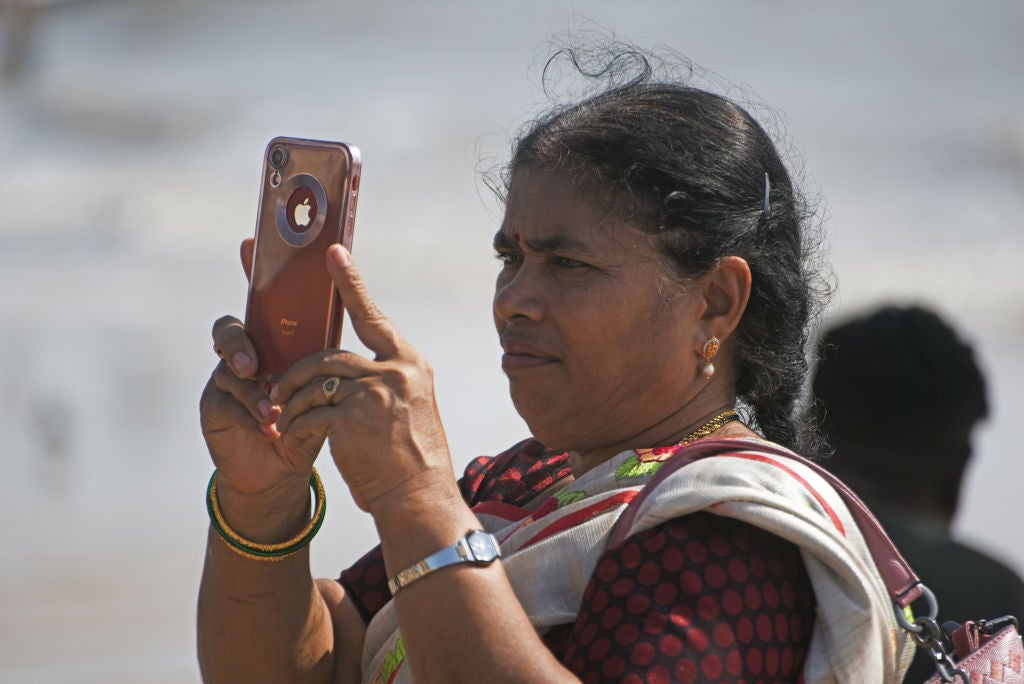In 2024, India is the fifth-largest economy globally.
However, despite huge economic progress, there remains a stubborn gap between its urban and rural economies. India’s cities are developing at a rapid pace, through investment and improved infrastructure. Yet while urban areas have reaped the benefits of this, rural areas remain disconnected.
According to a 2023 Economic Survey from India’s Ministry of Finance, 65% of the country’s population lives in rural areas, which includes over 900 million people. That also amounts to huge untapped potential for economic growth. Rural populations, through lack of access to internet connectivity, are often left behind in India’s digital economy. Therefore, there needs to be investment in technology, education, and infrastructure to help boost the rural economy by boosting productivity.
Digital India
Born in 2015 as a flagship program to provide digital infrastructure across the country, Digital India was the Indian government’s brainchild. The initiative aims to create a digitally connected and empowered society where citizens can participate in India’s digital economy.
The nine pillars of Digital India are as follows: broadband highways, universal mobile connectivity, public internet access (centers that provide internet access), e-governance (making government services electronic), e-Kranti (the electronic delivery of services such as healthcare), information for all (digitising government documents and records), electronics manufacturing, IT jobs, and early harvest programs (mass messaging application and access to information on government programs).
The ‘Digital Village’ campaign is a subsidiary of the broader Digital India initiative. This campaign aims to make every rural citizen ‘digitally literate’ and connected. The campaign involves providing services such as telemedicine, financial services, and internet connectivity. The campaign also focuses on edtech, improving education in rural areas, and making sure these rural populations are sufficiently digitally literate to enter India’s growing digital economy.
How well do you really know your competitors?
Access the most comprehensive Company Profiles on the market, powered by GlobalData. Save hours of research. Gain competitive edge.

Thank you!
Your download email will arrive shortly
Not ready to buy yet? Download a free sample
We are confident about the unique quality of our Company Profiles. However, we want you to make the most beneficial decision for your business, so we offer a free sample that you can download by submitting the below form
By GlobalDataThis is evident with the rise of ecommerce businesses. India has one of the largest ecommerce markets globally, with many retailers using digital payment methods to perform either B2B or B2C transfers. Large online retail platforms, like Amazon, understand the need to provide services that meet regional needs, like offering online tutorials in regional languages to help consumers navigate its sprawling online marketplace. The rural population, once connected, is a huge market for companies in the digital space, and a chance to connect with the growing number of digital entrepreneurs in India.
Internet connection is growing
Telecom service providers, namely Reliance Industries and Bharti Airtel, will also be key to providing internet access across the South Asian country, which is growing at a rapid rate. According to GlobalData figures, only 53% of the population had a smartphone in 2023. The rise in smartphones is coupled with increased mobile data connectivity. GlobalData figures also show that 58% of the Indian population was connected to 4G in 2023. By 2025, 4G penetration in India will be 61%.
However, these figures are still low compared to other economic powerhouses—such as China, where smartphone penetration exceeds 100%—and India still has a long way to go. Yet growth signs are positive for India to become a tech powerhouse, wherein all citizens have adequate digital infrastructure.
Overall, telecom service providers alongside government initiatives will drive greater connectivity across India and help to bridge the urban-rural divide. Ultimately, digital inclusion is key to economic growth.









Related Company Profiles
Reliance Industries Ltd
Bharti Airtel Ltd
Amazon.com Inc